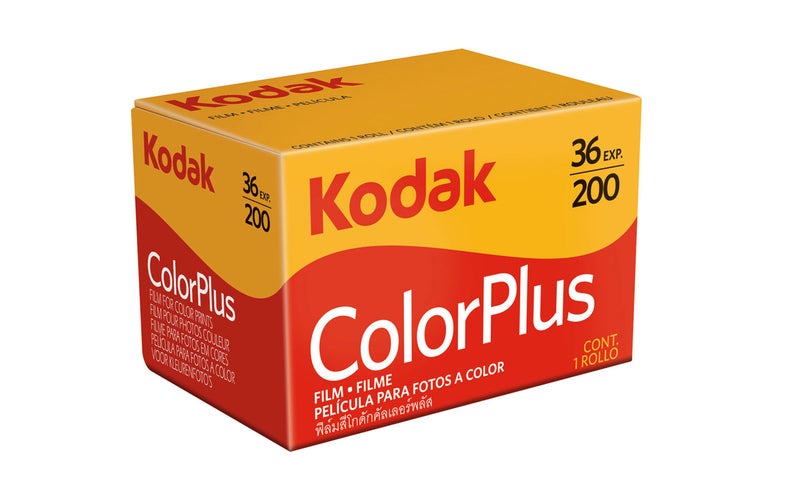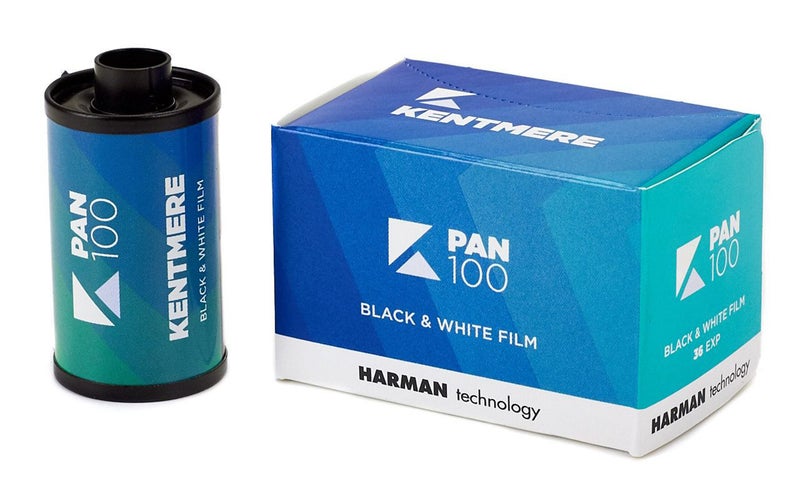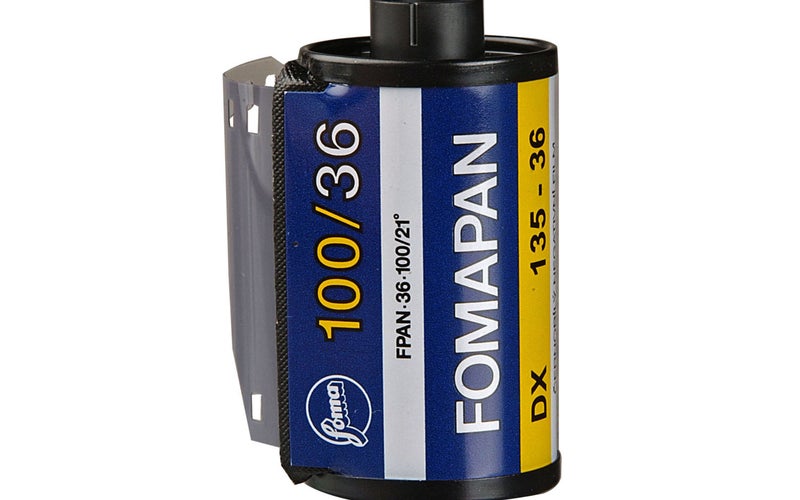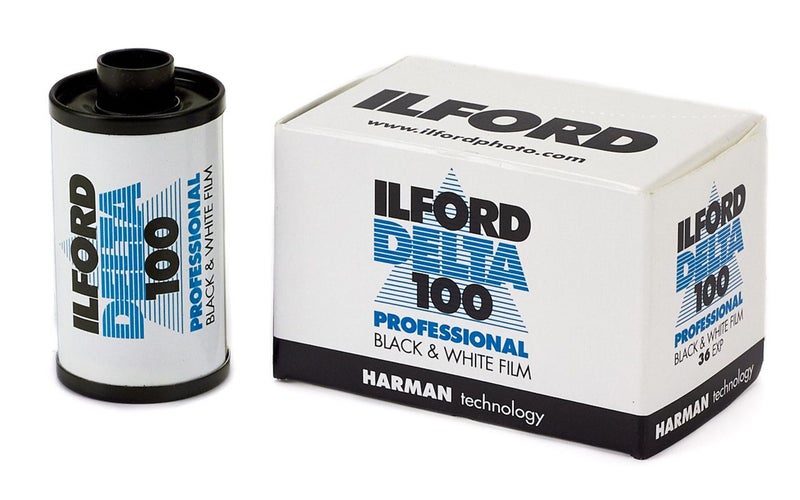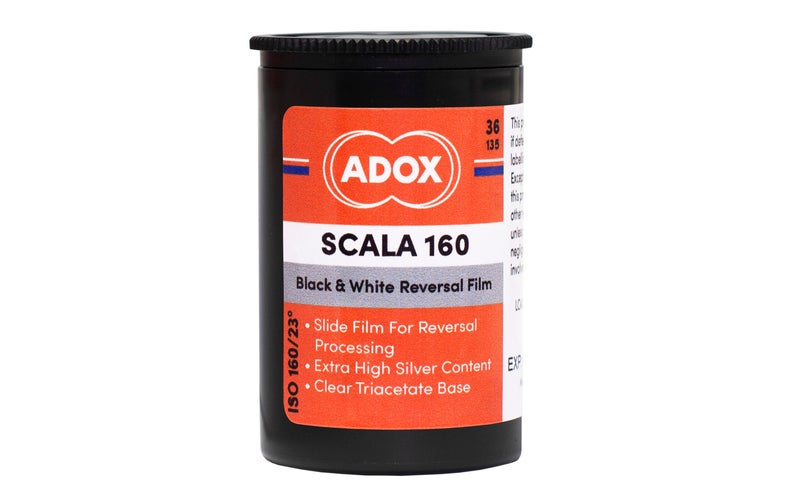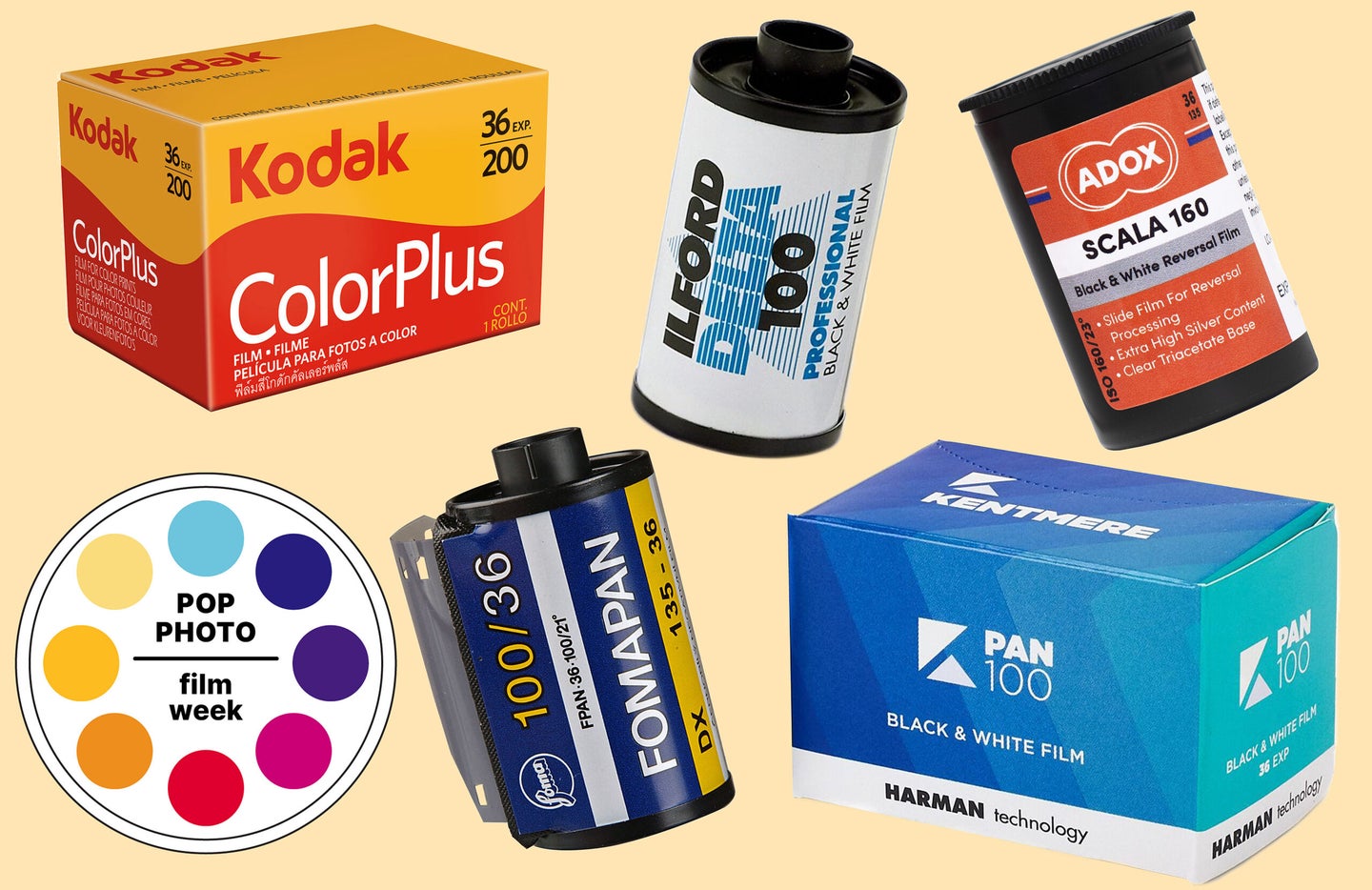
Here at PopPhoto, we love analog photography and we rail against the notion that film is prohibitively expensive Sure, there are pricey films out there—but some of our favorite films are also among the lowest priced. Here are five affordably-priced films that we love, not just for their price but for the exceptional results they give us.
Kodak ColorPlus 200
Kodak
Being, ahem, of a certain age, many of us associate color film photography with the 1970s and 80s—and that’s why we love ColorPlus, because it makes everything look like the 1970s and 80s. In fact, ColorPlus started life as Kodacolor VR, a go-to consumer film introduced in the early 1980s, and was later revived and renamed as ColorPlus, a budget alternative to the brighter-and-better Kodak Gold.
Why do we love ColorPlus? Its 200 ASA box speed makes it ideal for both sunny and cloudy days. More than that, we like its imperfections: Its colors aren’t particularly bright, nor its grain particularly fine. Instead, it delivers a gently washed-out look that makes every photo look like a time-faded memory. If you’re seeking that classic “film look”, you don’t need to spend a lot—Kodak ColorPlus 200 delivers it at a bargain price.
Kentmere 100
Harmon Technology’s Ilford FP4 Plus is arguably one of the finest low-speed B&W films on the market, but its cheaper companion, Kentmere 100, sure as heck isn’t far behind. If you expect clumpy grain and stark contrasts from low-cost film, Kentmere is going to surprise you—it’s a lovely and delicate film that captures lots of detail and a nice spread of mid-tone grays.
Kentmere has practical considerations beyond its low price: Though only available in 35mm format, it can be had in 100-foot bulk rolls (a key element in our budget film shooting strategy). Its film base dries nice and flat, which makes for easier scanning. Kentmere is 75% of the price of FP4+, but to our eyes, it’s 95% as good—we shoot Kentmere not just for its low price, but because we love the way it looks.
Fomapan
Fomapan
Fomapan comes from the Czech Republic and traces its origins back to Soviet-era Czechoslovakia. Foma closed down after the fall of the Berlin Wall, then resumed operations in the mid-1990s. Once forbidden fruit in North America, Fomapan is now commonly available under both its native moniker and the slightly-cheaper Arista EDU (a Freestyle Photographic house brand sold by several outlets).
Fomapan delivers exactly the results you’d expect from a Cold War film: Bleak and contrasty, with deep, stark blacks and chunky grain, particularly in its higher speeds. The emulsion is a bit soft and we’ve found it prone to scratching, but it’s very tolerant of developing mistakes. Availability is great: It comes in 100, 200, and 400 ASA speeds, 35mm (both single-serving and bulk rolls), and 120 size as well as sheets up to 8×10. If you like the moody look of B&W photos, you must try Fomapan.
Ilford Delta 100
Ilford
Most budget-priced B&W films are traditional-grain emulsions, but Ilford’s Delta 100 delivers tabular-grain performance at a traditional-grain price. Tabular-grain technology was developed by Kodak to improve the speed and color performance of their Kodacolor VR films, and later appeared in T-Max B&W film. Kodak introduced Delta as a T-Max competitor in the early 90s.
If you’re looking for the highest possible resolution and near-invisible grain, tabular-grain films like T-Max and Delta are the way to go. Though a tad grainer than T-Max, Delta delivers exceptional (and arguably superior) contrast, tonality, and resolution—it’s about as sharp as a B&W film is going to get. Available in 35mm, 120, and sheets, it’s got a price-to-performance ratio that’s impossible to beat.
Adox Scala
Adox
Back in the day, photographers loved to shoot slide film (also known as reversal film) for many reasons, including the required mastery of exposure skills. Since the film itself is the final image, perfect exposure is key. Today, slide films tend to be quite pricey, except for Adox Scala, a B&W reversal film that isn’t much more expensive than B&W negative film.
Sacala is available in 35mm size at speeds of 50 and 160 ASA, and it delivers strong contrast, great dynamic range, and very fine grain—provided you nail the exposure, that is. And because it’s a reversal film, it offers the possibility of old-school projection. Scala does require a special development process; you’ll either need to find a lab that can handle it or use Adox’s Scala developing kit (which develops about 8 rolls at around $5.50 per). If you’ve ever wanted to try slide film but don’t relish paying $20 per roll, Scala is a great film to try.
The post 5 affordable films we love—and why we love them appeared first on Popular Photography.
